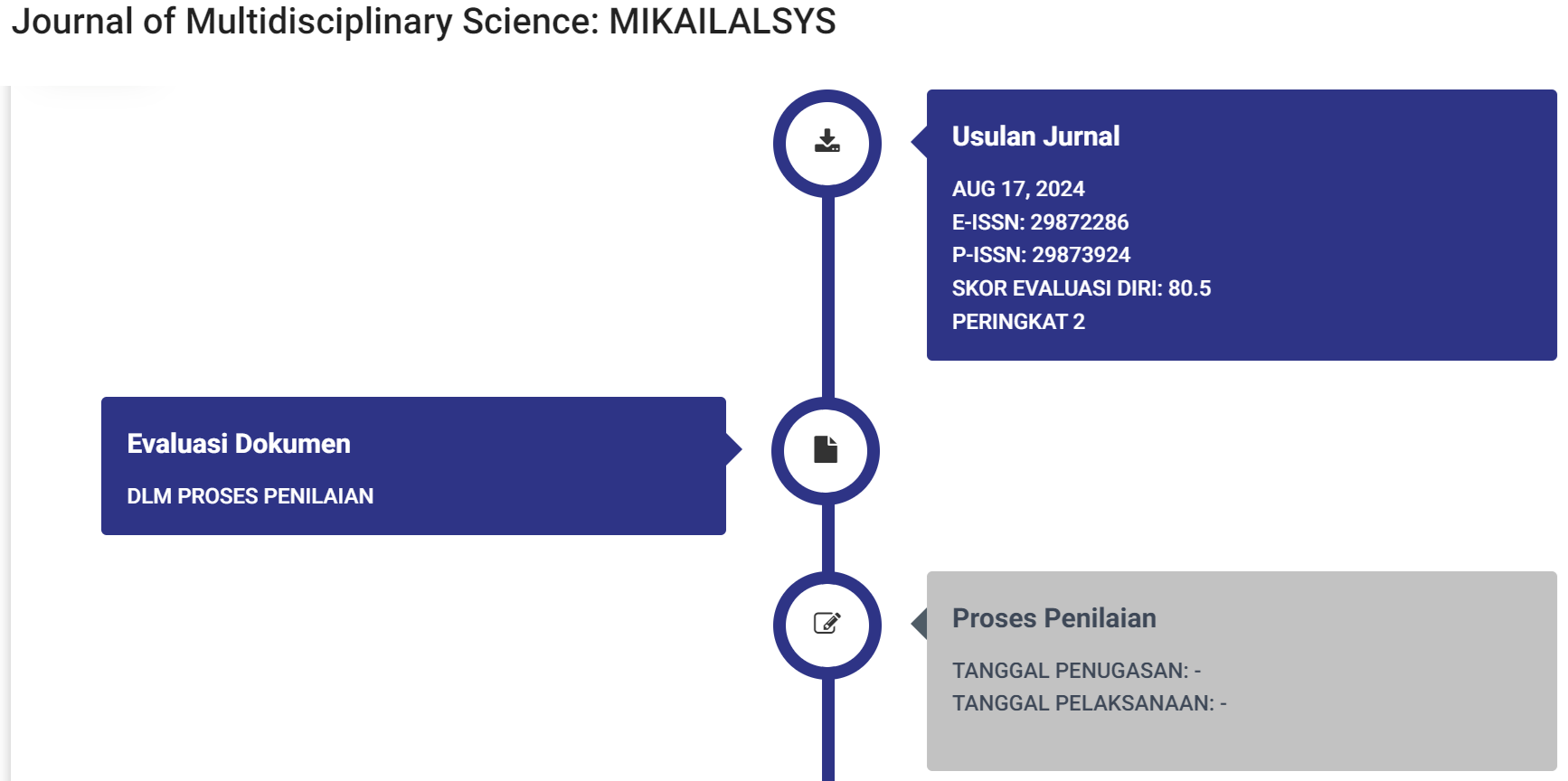Antidiabetic Potential of Khaya Anthotheca Methanolic Leaves Extract in Streptozotocin Diabetes Induced Rats
 Digital Object Identifier:
10.58578/mikailalsys.v2i2.3191
Digital Object Identifier:
10.58578/mikailalsys.v2i2.3191
Please do not hesitate to contact us if you would like to obtain more information about the submission process or if you have further questions.

Abstract
This research evaluated antidibetic potential of methanolic leaves extracts of Khaya anthotheca in streptozotocin induced albino rats. Khaya anthotheca a member of Meliaceae family is traditionally used for treating several ailments. Diabetes is a chronic condition that develops when the pancreas is unable to secrete sufficient amounts of insulin or when the body fails to utilise the insulin that is produced. The leaves were harvested in Sukundi road Wukari and air dried for four weeks, the leaves were pulverized into powder using manual blender and stored in an air tight container. Extraction was done with absolute methanol; the extract was filtered using mesh and the filtrate was concentrated at 68oC. two grams of the filtrate were used for the study; the remainder was used to treat the animals. Using 40 mg/kg body weight of streptozotocin, the animals were divided into 5 groups of 4 each. Following a fourteen-day course of treatment, the animals were sacrificed; the blood was drawn through heart puncture and tested for blood sugar using a glucometer. One-way analysis of variance (ANOVA) was used for statistical analysis. Result of blood sugar level showed significant reduction in all the test groups (p<0.05) except group 2 which showed no significant reduction when compared to the normal control. Conclusion: This study therefore suggests the use of Khaya anthotheca as a diabetic agent and for treatment of diabetes. Further studies are needed to discover the bioactive constituent of the plant responsible for this anti-diabetic activity as well as other pharmacological activities in clinical trials.




Citation Metrics:

Downloads

Authors retain copyright and grant the journal right of first publication with the work simultaneously licensed under a Creative Commons Attribution-NonCommercial-ShareAlike 4.0 International License that allows others to share the work with an acknowledgement of the work's authorship and initial publication in this journal.

























